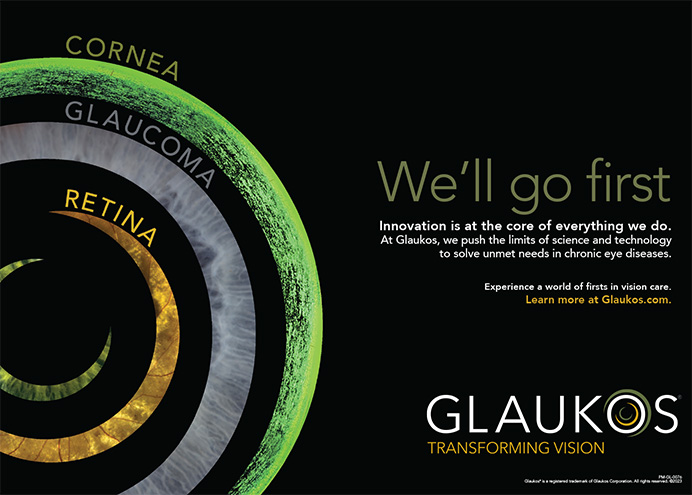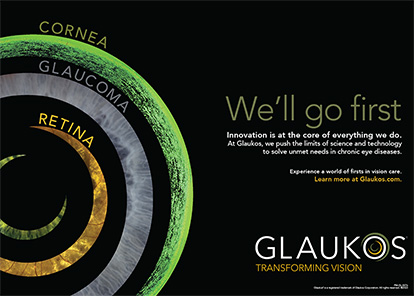Why did you become an ophthalmologist?
I decided that I wanted to become an ophthalmologist at the age of 10 years, when I was diagnosed with myopia and prescribed glasses. After each visit to my ophthalmologist, I was delighted that my vision had improved and I could see the world around me. When I began my ophthalmology training, it quickly became clear that I wanted to specialize in cataract surgery and help visually impaired people see again, just as my ophthalmologist had done for me when I was a girl. I believe there is no other field in ophthalmology that is as rewarding.
I also enjoy the challenges offered by ophthalmology and find myself making difficult decisions every time I examine a patient. I must decide whether I should operate, what surgical technique I should use, and which lens to implant in a particular patient. The rewards I gain from helping patients far outweigh the challenges I encounter every day. Thanks to modern techniques and technology, I help people see better almost immediately after surgery.
Have any recent trends influenced your surgical technique or the technology that you use?
I find the trend toward microincisional cataract surgery and the debate between the biaxial and microcoaxial versions of this technique interesting; I believe that biaxial surgery is more effective. By separating irrigation from aspiration, we can reduce the incision's size without losing efficiency. I perform biaxial surgery on a routine basis; however, I do perform standard coaxial surgery as well. It depends mostly on what IOL I choose for the patient. In my opinion, there are not many quality microincisional lenses currently available. I am confident that the industry will continue to develop IOL designs and technology that will eventually meet this need.
How important do you think videos are for teaching and learning?
Videos are the best way to teach surgical techniques and demonstrate how new surgical tools and instruments work. Videos are also a useful way to present special cases and rare events to a large group of surgeons. I often use videos to train my OR staff and when I am mastering a new technique. You can easily review the different steps of a procedure or a technique by pausing and rewinding the critical phases of the video.
Live surgical demonstrations are often conducted at large meetings. I find that the educational value of these demonstrations is limited compared with the use of videos. I have seen the best surgeons get in trouble because of the pressure that they feel while performing surgery in front of an audience. They may become flustered if they encounter a problem or if the procedure does not go exactly as planned. Also, the surgeons are usually working in an unfamiliar environment with potentially unfamiliar equipment. In videos, these factors are eliminated, which is one of the reasons that videos are such useful learning tools.
What do you find most challenging about running a busy private practice?
The hardest challenge that I face is finding a balance between work and quality of life. My practice continues to grow, and I often feel carried away by the extent of my daily workload. As a result, I find myself spending more time at the office. Having an organized practice and a staff to which I can delegate tasks is helpful.
What is something most people are surprised to learn about you?
At conferences, I have often witnessed my colleagues surprised at my ability to give presentations in front of large audiences. I am a relatively young female ophthalmologist, and I find that the depth of my surgical experience as well as the quality of my presentations surprise many ophthalmologists. When I am on the podium, I strive to remain myself and not to be overwhelmed by the renowned physicians in the room or their reactions to my presentation.
This article was adapted with permission from an interview that originally appeared in Cataract & Refractive Surgery Today Europe's January 2009 issue.


